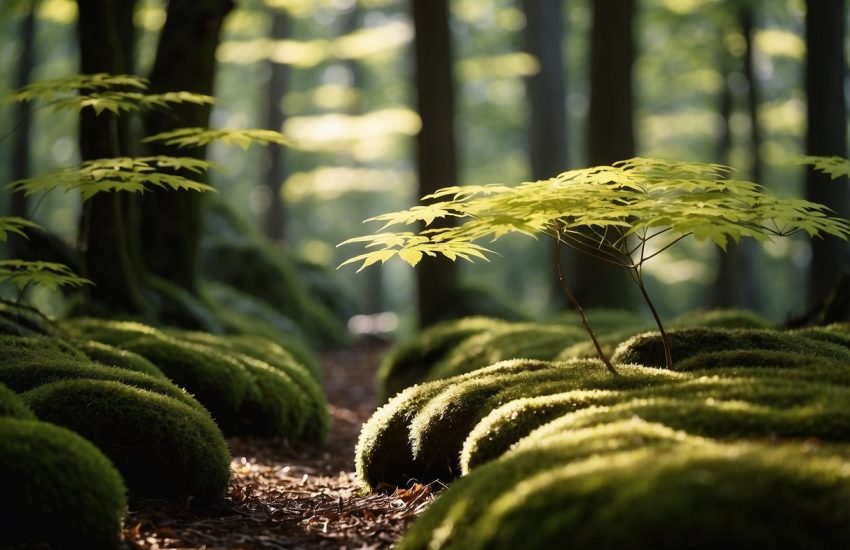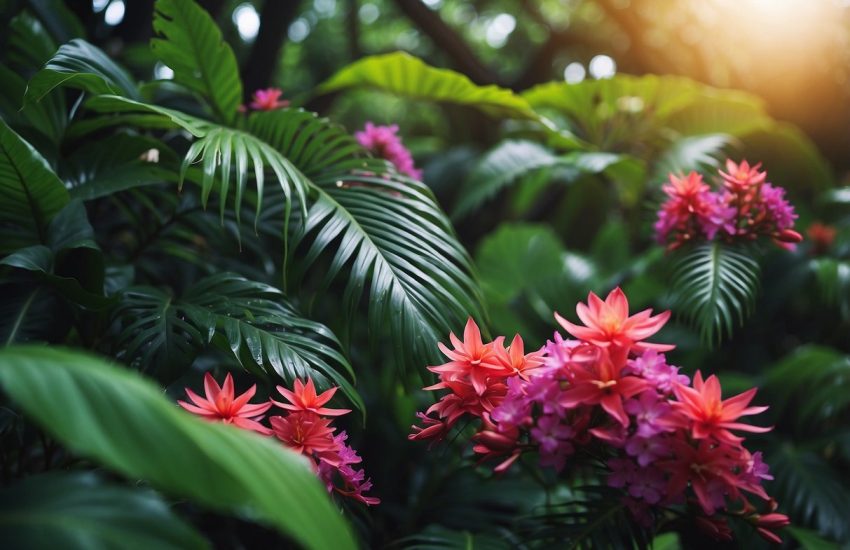Trees in New England: A Guide to the Region’s Native Species
New England is known for its beautiful and lush forests, which are home to a diverse range of tree species. From towering Sugar Maples to majestic White Pines, the trees of New England are an integral part of the region’s landscape and identity.

The forests of New England are not only beautiful, but they also play a crucial role in the region’s ecosystem. Trees provide habitat for wildlife, help to filter air and water, and absorb carbon dioxide from the atmosphere. In addition, the forests of New England are an important economic resource, providing timber and other forest products to local communities.
With so many different tree species to choose from, it can be difficult to know which trees are best suited to the region’s climate and soil conditions. However, by understanding the unique characteristics of each species and their specific needs, homeowners and landscapers can create beautiful and sustainable landscapes that are well-suited to the New England region.
Diversity of Tree Species in New England
New England is home to a diverse range of tree species, including both coniferous and deciduous trees. The region’s forests are dominated by hardwoods, which account for about 80% of the total forest cover.
Coniferous Trees
Coniferous trees, which have needles or scale-like leaves and cones, are also common in New England. White pine and hemlock are two of the most prevalent conifers in the region. White pine is a tall, straight tree with soft, flexible needles that grow in bundles of five. Its bark is grayish-brown and smooth when young, but becomes rough and furrowed as the tree ages. Hemlock, on the other hand, is a shade-tolerant tree with needles that are shorter and flatter than those of white pine. Its bark is gray and furrowed, and its cones are small and egg-shaped.
Deciduous Trees
Deciduous trees, which lose their leaves in the fall, are also abundant in New England. Maple and black locust are two notable examples. Maple trees are known for their distinctive leaves, which have three to five lobes and turn brilliant shades of red, orange, and yellow in the fall. Sugar maple, in particular, is valued for its sap, which is used to make maple syrup. Black locust is a fast-growing tree with compound leaves and heart-shaped leaflets. Its bark is gray and deeply furrowed, and its flowers are fragrant and white.
Overall, the diversity of tree species in New England is a testament to the region’s rich natural heritage. Whether you are interested in the bark, leaves, age, form, color, size, habitat, or growing conditions of these trees, there is always something new to discover.
Seasonal Changes and Tree Identification
Autumn Foliage
One of the most notable features of trees in New England is their stunning display of fall colors. As the days get shorter and temperatures begin to drop, trees begin to prepare for winter by shedding their leaves. This process, called abscission, is triggered by changes in the balance of hormones within the tree.
The timing of fall foliage varies depending on the species of tree and the location within New England. Some trees, such as sugar maples, are known for their vibrant orange and red leaves in early to mid-October, while others, like the red spruce and balsam fir, display their colors in late October to early November.
Tree identification during the fall can be a fun and rewarding activity. Some common trees in New England known for their fall color include sugar maples, red spruce, and balsam fir. Sugar maples have leaves with three to five lobes and turn a vibrant orange or red color in the fall. Red spruce and balsam fir, both conifers, can be identified by their needles and cones and turn a yellow color in the fall.
Winter Adaptations
New England winters can be harsh, with cold temperatures, snow, and ice. Trees have adapted to these conditions in a variety of ways. Deciduous trees, which lose their leaves in the fall, can conserve energy during the winter months by shedding their leaves and entering a state of dormancy.
Conifers, on the other hand, have adapted to winter conditions by retaining their needles. Needles are more efficient at photosynthesis than leaves and can continue to produce food for the tree even in low light conditions. Some common conifers in New England include white pine, hemlock, red spruce, and balsam fir.
In addition to providing shade in the summer and fall color in the autumn, trees in New England have adapted to the unique seasonal changes of the region. Whether you’re enjoying the fall foliage or admiring the winter adaptations of conifers, there’s always something to appreciate about the trees in New England.


